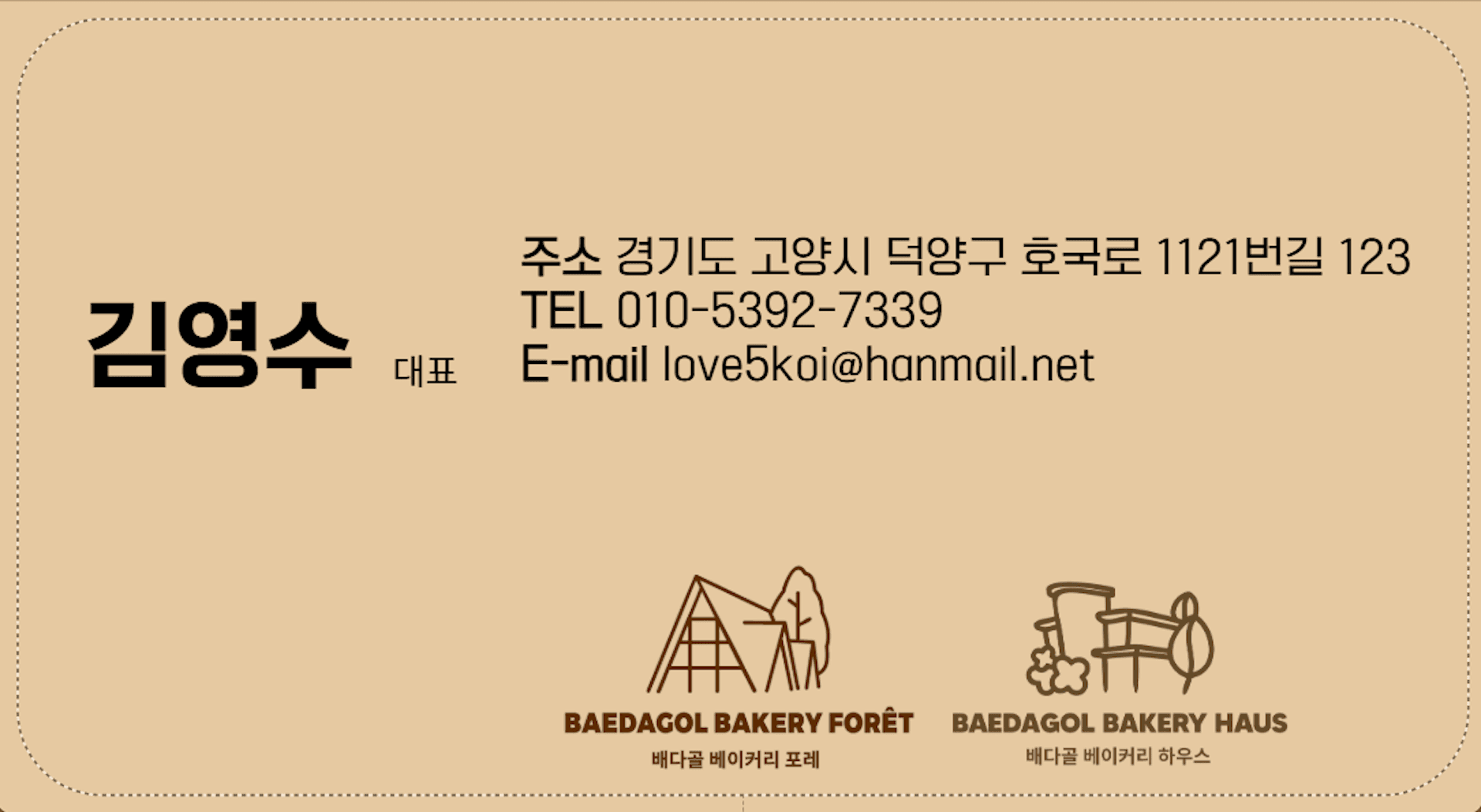Welcome to My Korean Journey — the heart of Mantifang where personal stories, cultural reflections, and historical insights meet.
This hub connects my book The Koreans and I with earlier writings like The Red Lamp and with new explorations such as the
Jijang Fractal and the Bogwangsa temple stories.
My Korean Journey – Exploring Korea’s Culture and Stories

My Korean Journey began with curiosity and grew into a deep connection with Korea’s landscapes, traditions, and people.
Walking the neighborhoods of Goyang, crossing river valleys and temple paths, I found echoes of history in daily life. Each step revealed
not only Korea but also myself: the questions I carried, the compassion I discovered, and the meaning of presence. This page gathers the
paths I return to most often, so new readers can start anywhere and regulars can follow how the threads connect.
The goal of My Korean Journey is simple: to look closely and to write honestly. Some chapters read like travel notes,
others like quiet essays. Together they trace a line from lived experience to reflection — from a fallen statue at Bogwangsa to the
philosophy that later became the Jijang Fractal, from a crowded street market to a single bowl of temple food. I invite you to
read slowly, follow the links, and use this hub as a map for your own exploration.
Bogwangsa Temple and the Weight of Silence
Bogwangsa became a turning point in My Korean Journey. In the pandemic years the courtyards were quiet; silence itself
turned into a teacher. The four pieces below stand alone, yet together they sketch how attention grows in stillness.
When the Buddha fell, I woke up
A rupture that turned into attention — why Bogwangsa matters to me.
Lost in stillness (pandemic)
Quiet paths, closed doors, and the weight of empty courtyards.
These Bogwangsa stories form one of the core chapters of My Korean Journey.

The Jijang Fractal — Compassion & Presence
Out of these temple notes grew the idea of the Jijang Fractal: life not as a straight line, but as an unfolding pattern of
connections — like Buddhist mandalas or mathematical fractals. In Korea’s aging society this vision feels urgent: how do we remain present,
compassionate, and interconnected as individuals and communities? My Korean Journey is both a diary and a search, anchored
in those questions.
Karma, compassion & presence
Notes on practice — turning a motif into a method.
This reflection is part of My Korean Journey, where philosophy and daily life meet.
The Koreans & I — Context and Starting Points
The Koreans & I provides the wider frame of My Korean Journey: how daily life in Korea changed my way of
seeing. These two pieces are good entry points if you’re new here.

Earlier Work — The Red Lamp
Long before Korea entered my writing, I shaped short stories in The Red Lamp. Though set outside of Korea, they share the same
voice that now guides this project. As translations appear, they will be linked here so that My Korean Journey also
includes its own beginnings.
Why This Journey Matters & How to Continue
My Korean Journey is not just mine; it is a space for readers who want to understand Korea beyond quick takes and aesthetics.
From Hallyu dramas to Buddhist temples, from koi ponds to modern cityscapes, each element becomes part of a larger mosaic where compassion
bridges East and West. New chapters appear on the blog and are collected here as the project grows.
The Joseon dynasty sought harmony between ethics and beauty — a world where learning, confucian ritual, and compassion shaped both thought and art. Its quiet scholars believed that the balance of reason and heart was the true foundation of civilisation. In that symmetry, I recognise something of the Jijang Fractal: a moral geometry, endlessly repeating yet always human.
Questions and reflections
1. What does the legacy of Joseon teach about the balance between reason and compassion?
That a civilisation’s strength lies not in conquest, but in how it learns to listen — to itself, and to what is beyond itself.
2. How does the moral geometry of the Jijang Fractal echo the ideals of Joseon?
Both seek order without rigidity: a rhythm of responsibility that flows through thought, action, and art.
3. In what ways can the harmony once sought in Joseon still guide us today?
Perhaps by reminding us that beauty and goodness are never separate paths — they are one practice, walked mindfully.

Temporary pause on koi exports — healing park in development
International koi exports are currently on hold. Meanwhile, we are laying the foundations for a nature-driven healing park in Goyang that blends koi culture, art, and quiet craftsmanship. For updates or collaboration, feel free to get in touch.
Contact Kim Young Soo